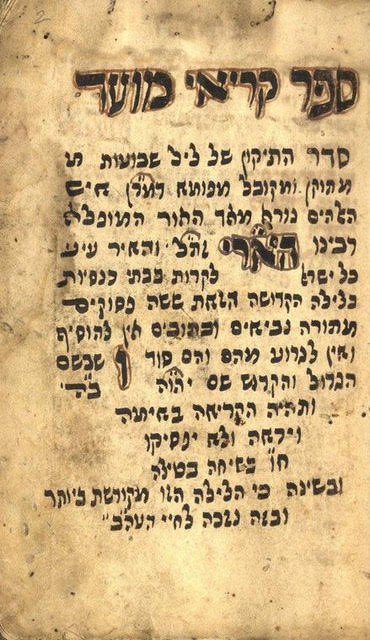Rabbi Rachel Barenblat: Naso Counting the Irreplaceable
Rabbi Barenblat relates the census in this week’s parashah, which stipulates that each person matters. She ties the theme to the loss of life from recent anti-Semitic attacks, as well as the violence from the war in Gaza. She observes that, according to the Torah, the death of any human being is the destruction of an entire world.











